- Home | Industry Update | World Apparel Order Shifts As Europe Overtakes China In Glob...
World Apparel Order Shifts as Europe Overtakes China in Global Clothing Exports

A significant transformation is unfolding in the global textile landscape as the European Union surpasses China for the first time in nearly two decades to become the world's leading clothing exporter. According to recent figures released by the World Trade Organization (WTO), Europe's market share has reached 29.7%, edging just ahead of China, which now holds 29.6%.
China, long hailed as the unmatched clothing factory for the world, has witnessed a gradual decline in its dominance. This shift stems from multiple global factors rising production costs, the economic aftermath of the pandemic, and increasing trade tensions with the United States. These dynamics have disrupted the once centralized manufacturing ecosystem, giving rise to a more scattered, multipolar sourcing structure.
Over the years, China steadily increased its market command, growing from 18.2% in 2000 to a peak of 36.9% by 2010. However, by 2024, the country's share dipped below 30%, with total clothing exports valued at US$165 billion. Meanwhile, the EU capitalized on the shifting trade currents, posting clothing exports worth US$166 billion, a 2% rise from the previous year.
Bangladesh continues to anchor its place as the second-largest clothing exporter globally, shipping goods worth US$38 billion. Though its share slightly dropped to 6.9%, the 7% growth signals resilience and innovation. Vietnam also showed strength with a 9% rise in exports, touching US$34 billion and securing 6.1% of the market.
Nations like Turkey, India, Cambodia, Pakistan, and Indonesia are emerging as competitive players. Cambodia recorded a massive 24% growth, and Pakistan entered the top ten with a 15% surge. These patterns mark a turning point in global apparel dynamics, with traditional strongholds making space for newer, nimble contenders in the fashion supply chain.
04:10 PM, Jul 24
Source : World Apparel Order Shifts as Europe Overtakes China in Global Clothing Exports
Other Related Topics

Rieter Issues Market Update on Completion of Barmag Acquisition
10:33 AM, Dec 20
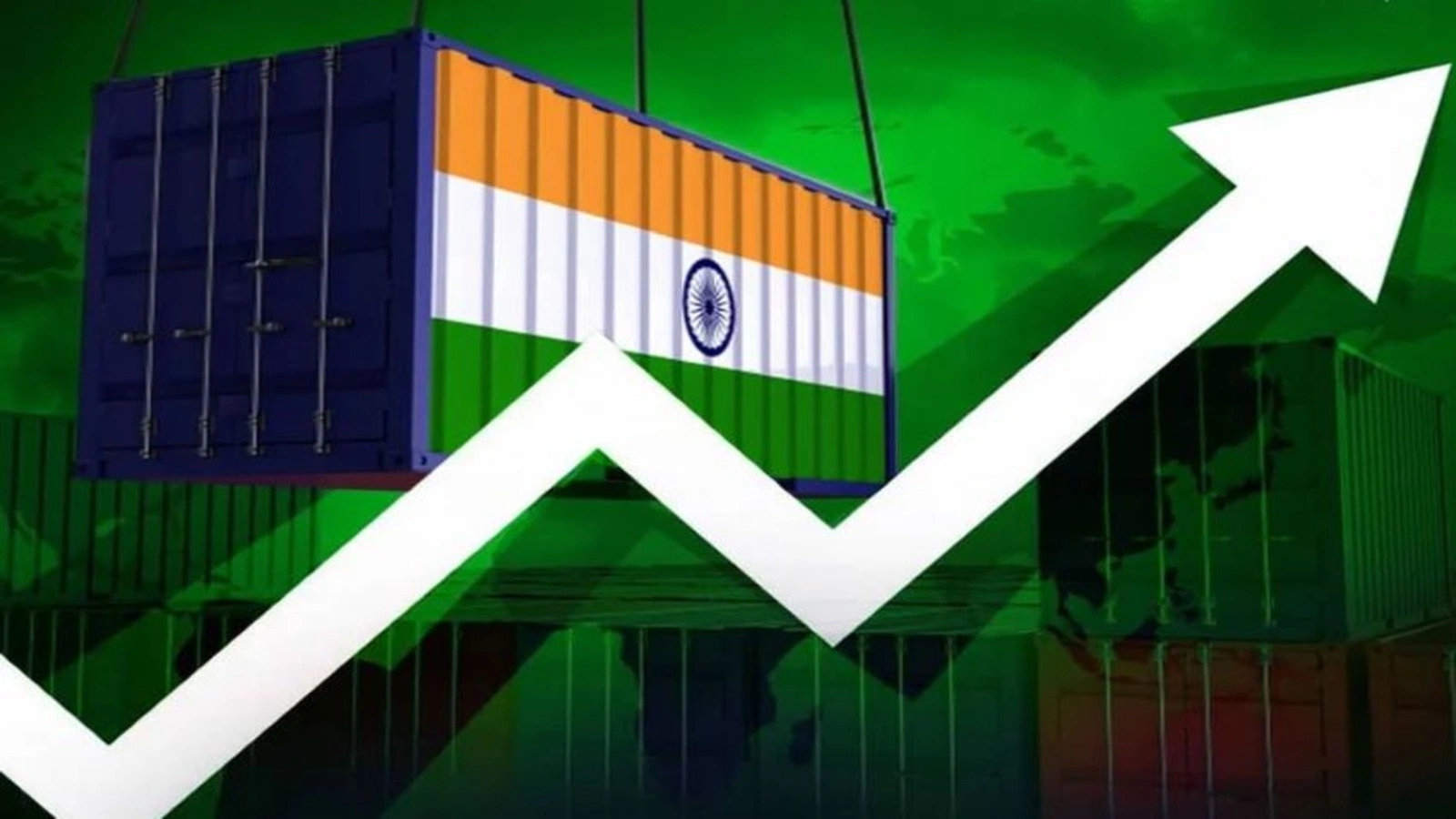
Indian Textile Exports Weave Strong Momentum with November Surge
11:24 AM, Dec 18Industry Update

Carrington Textiles Introduces Defence Stock Range for Faster Access to Military Fabrics...view more



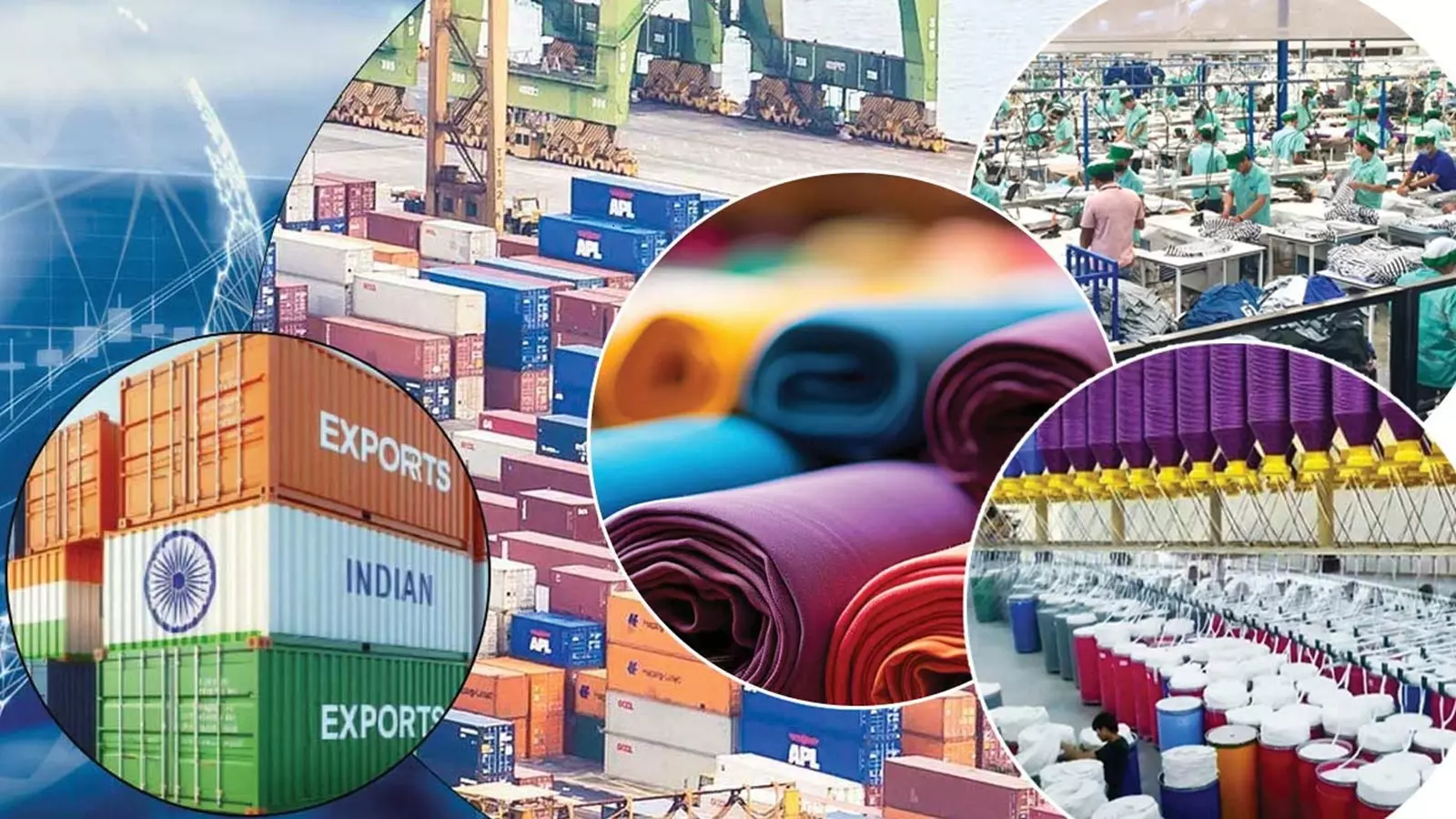
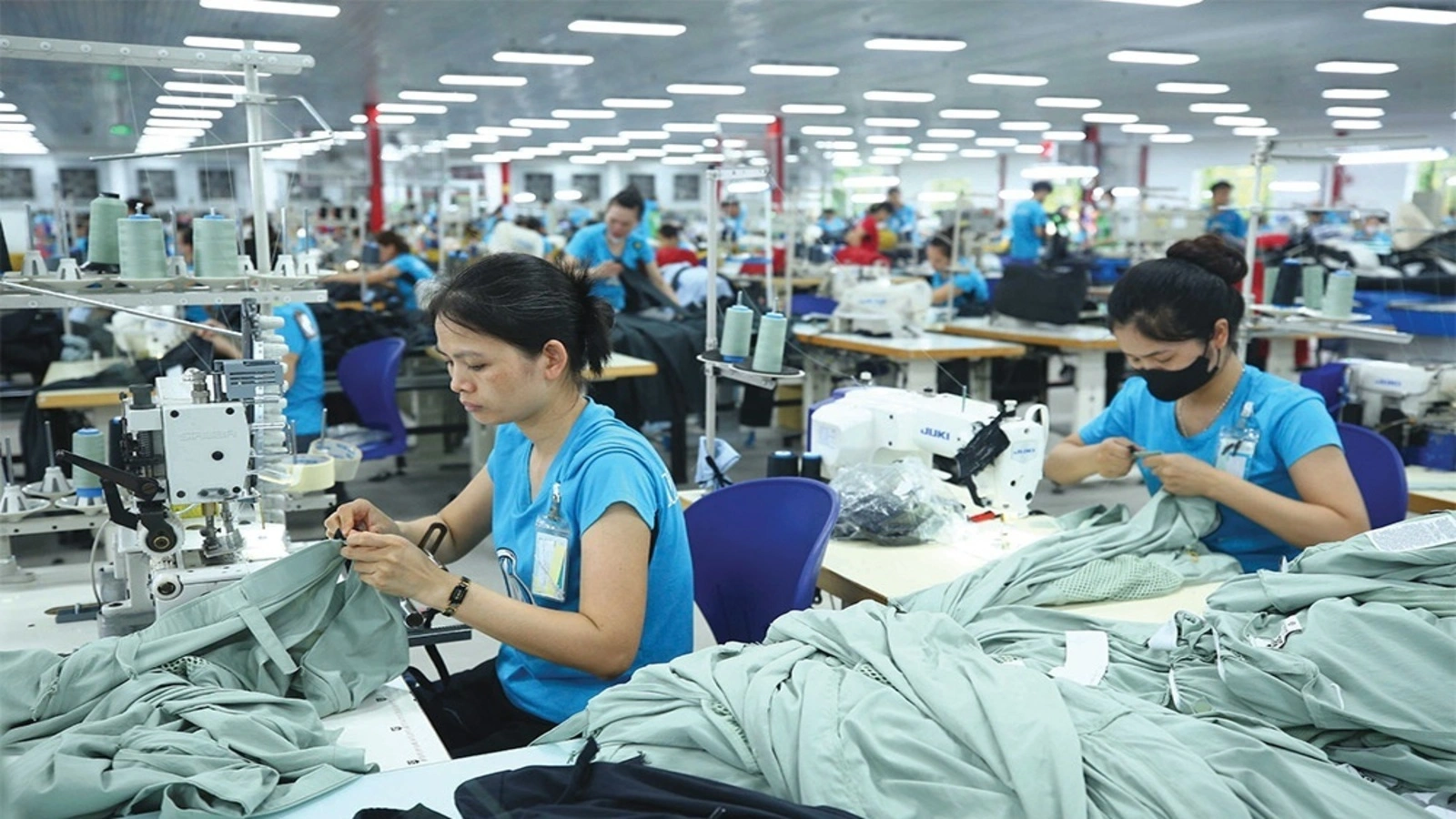
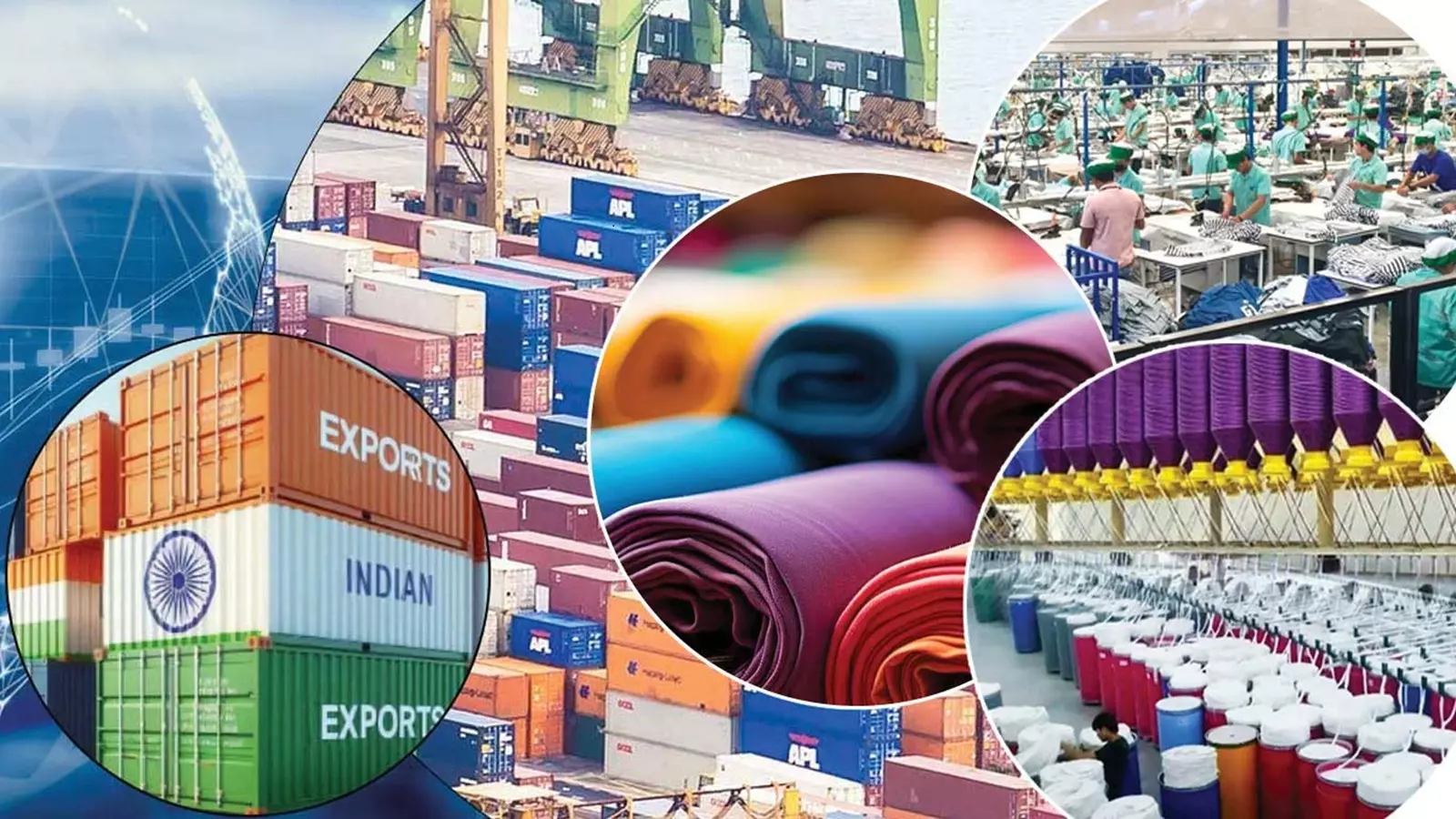


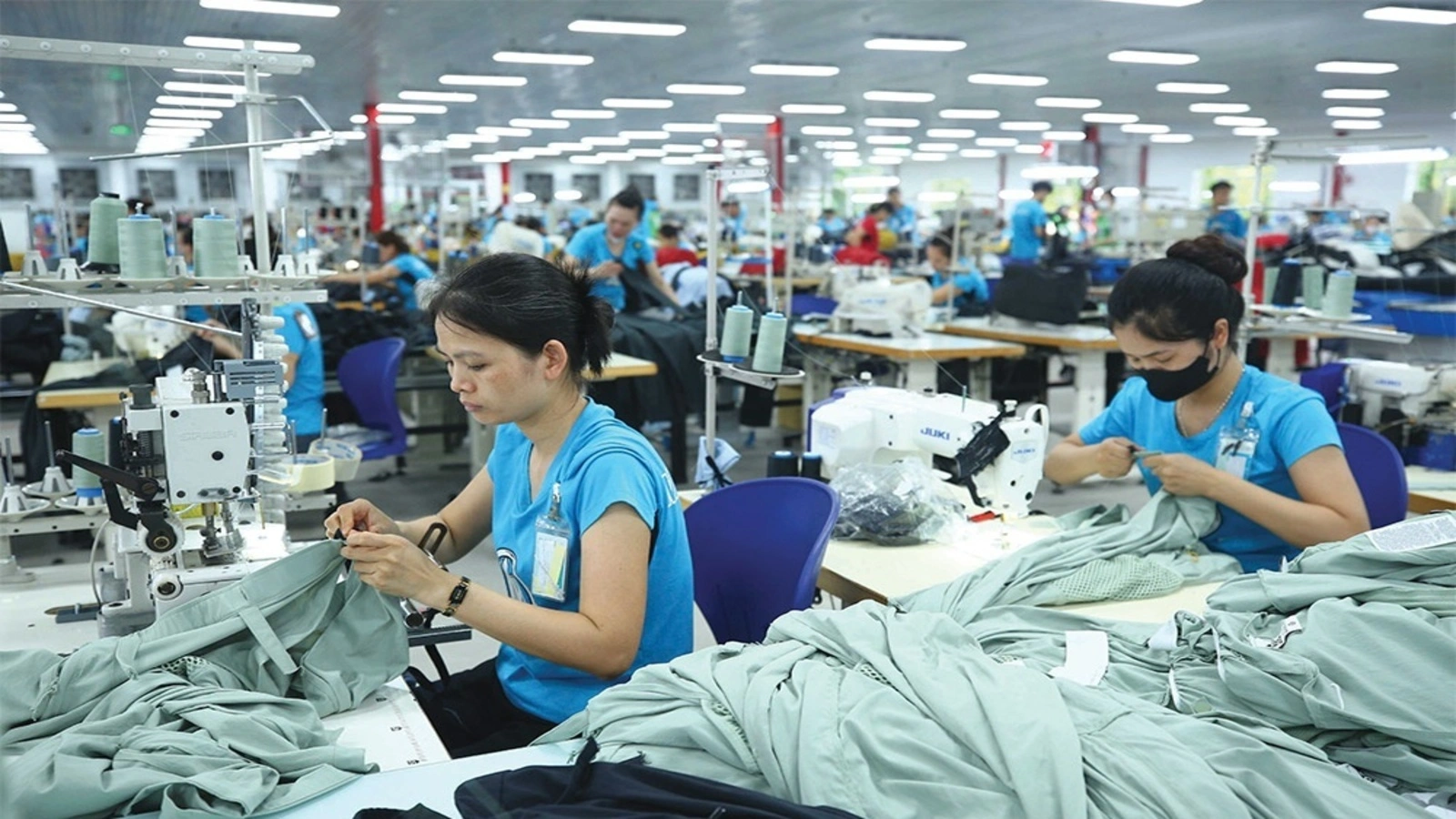
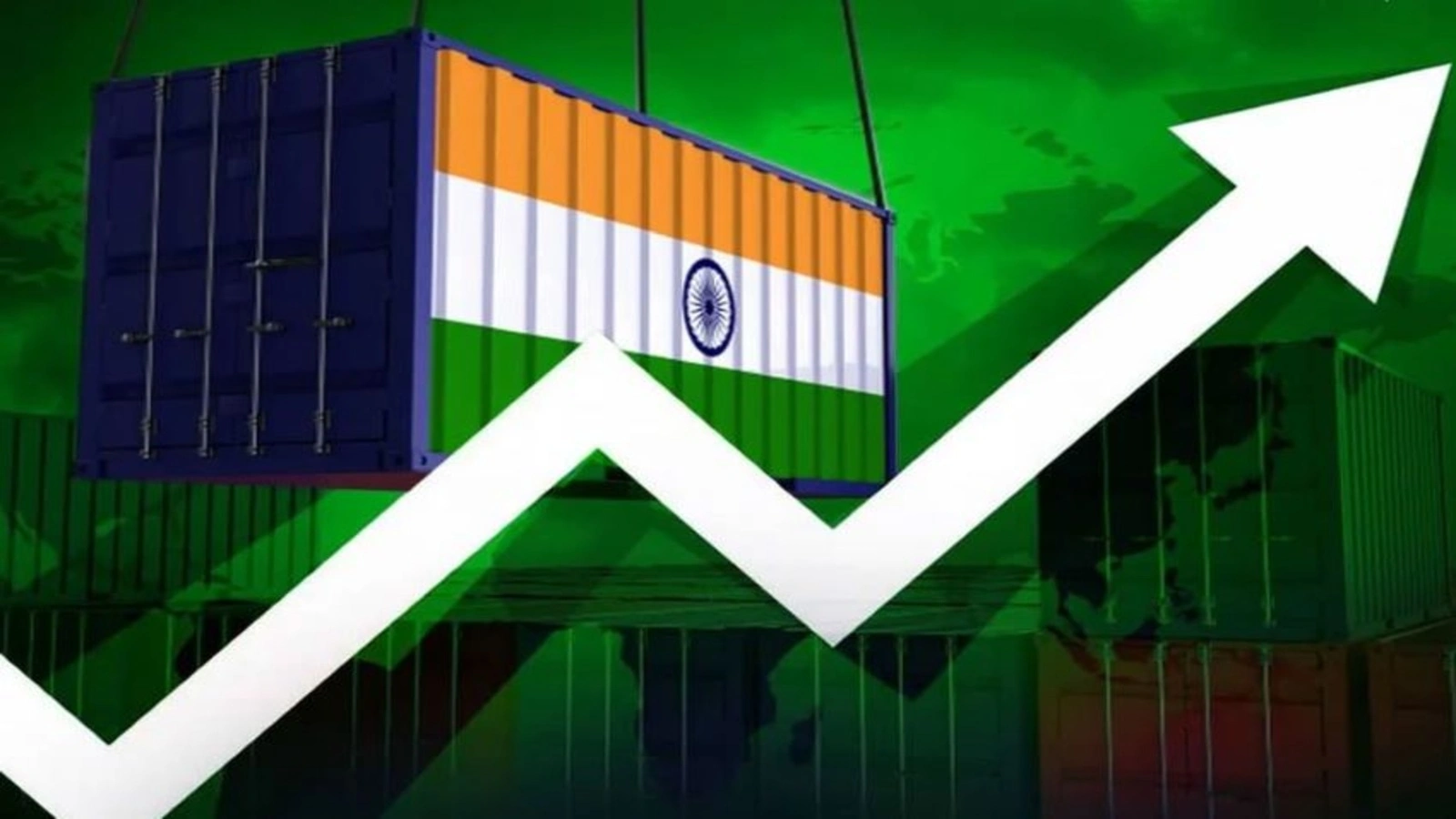


1.webp)






1.webp)

1.webp)
1.webp)

1.webp)

1.webp)

.webp)

1.webp)



1.webp)







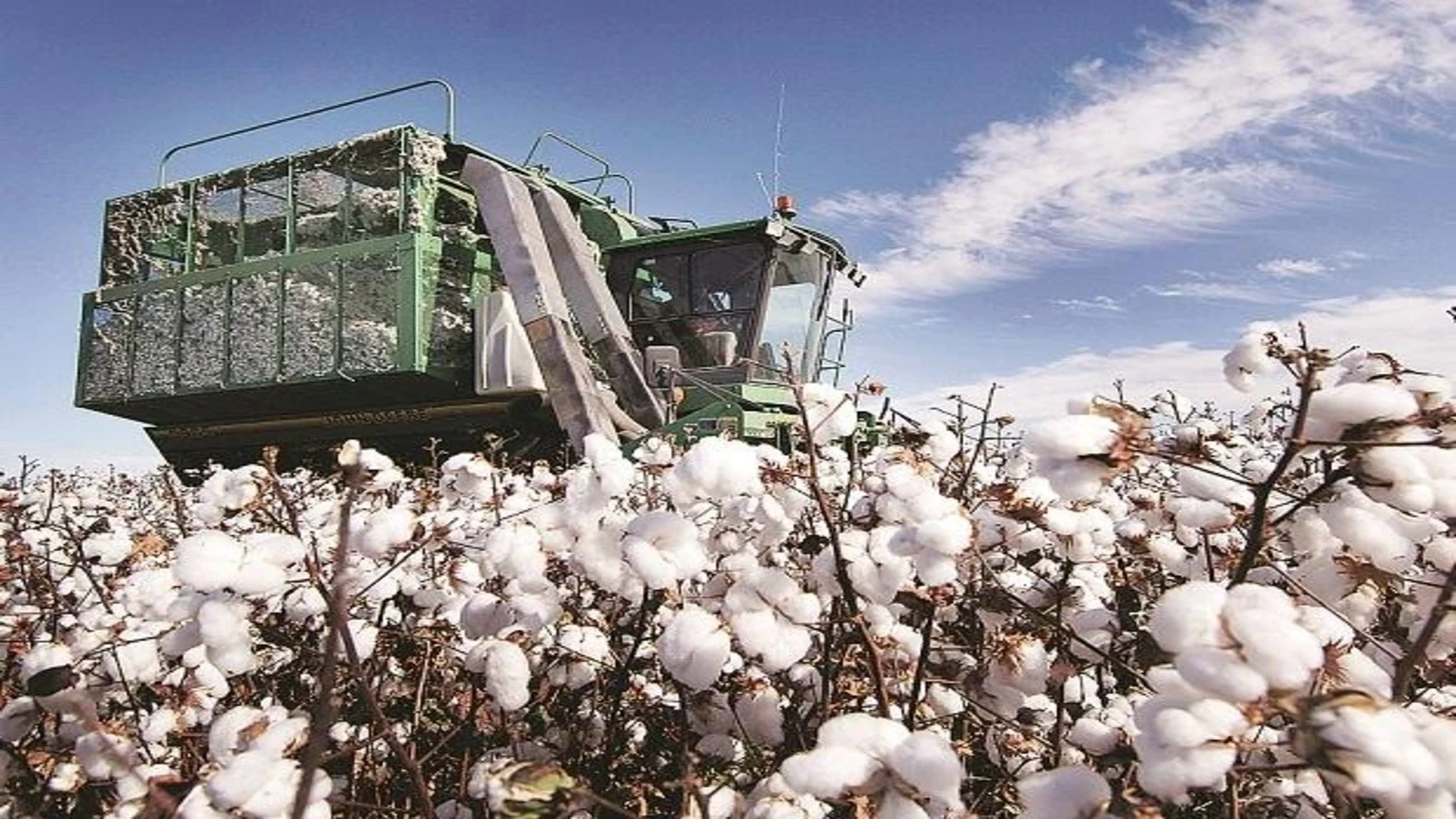
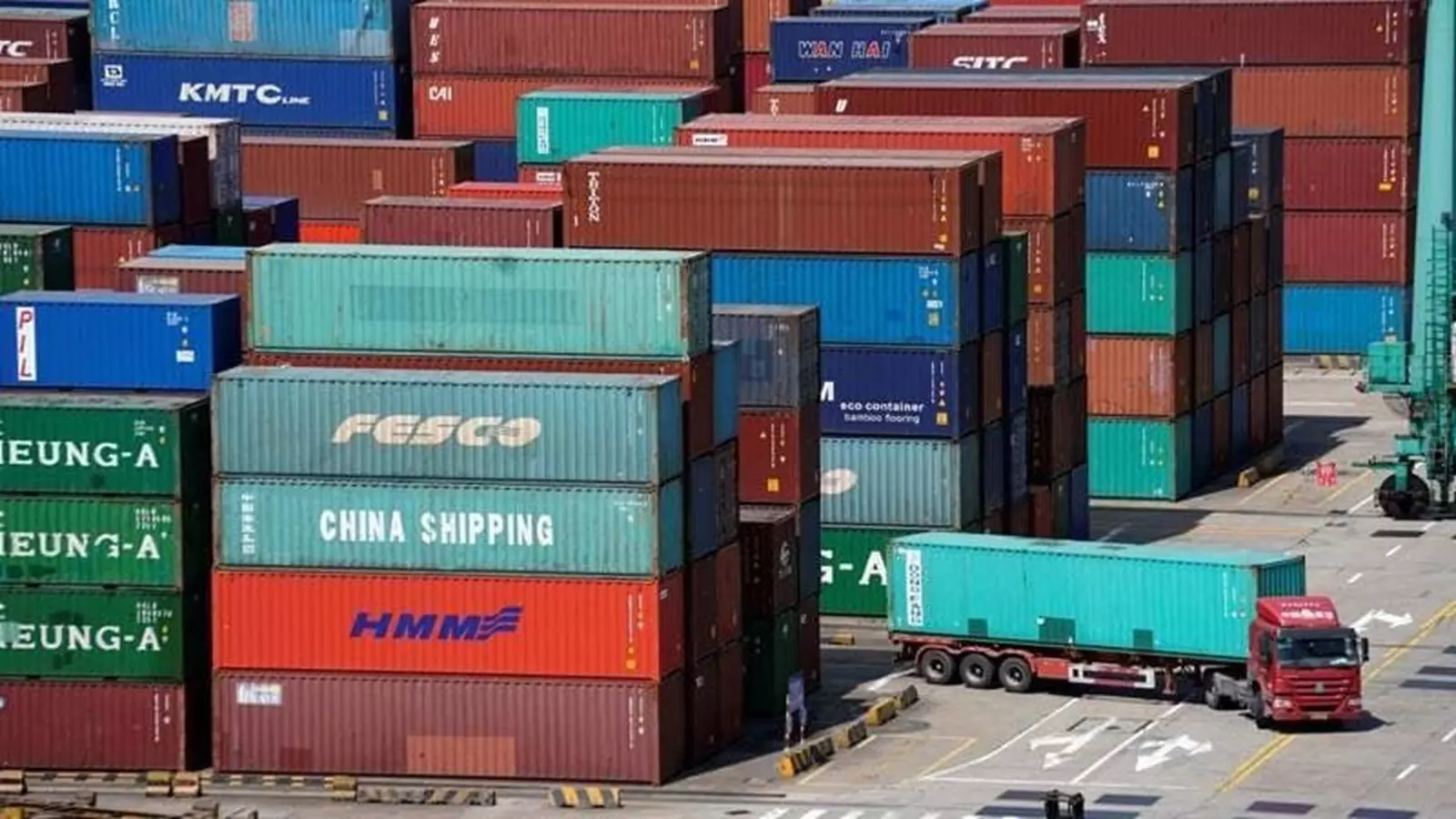
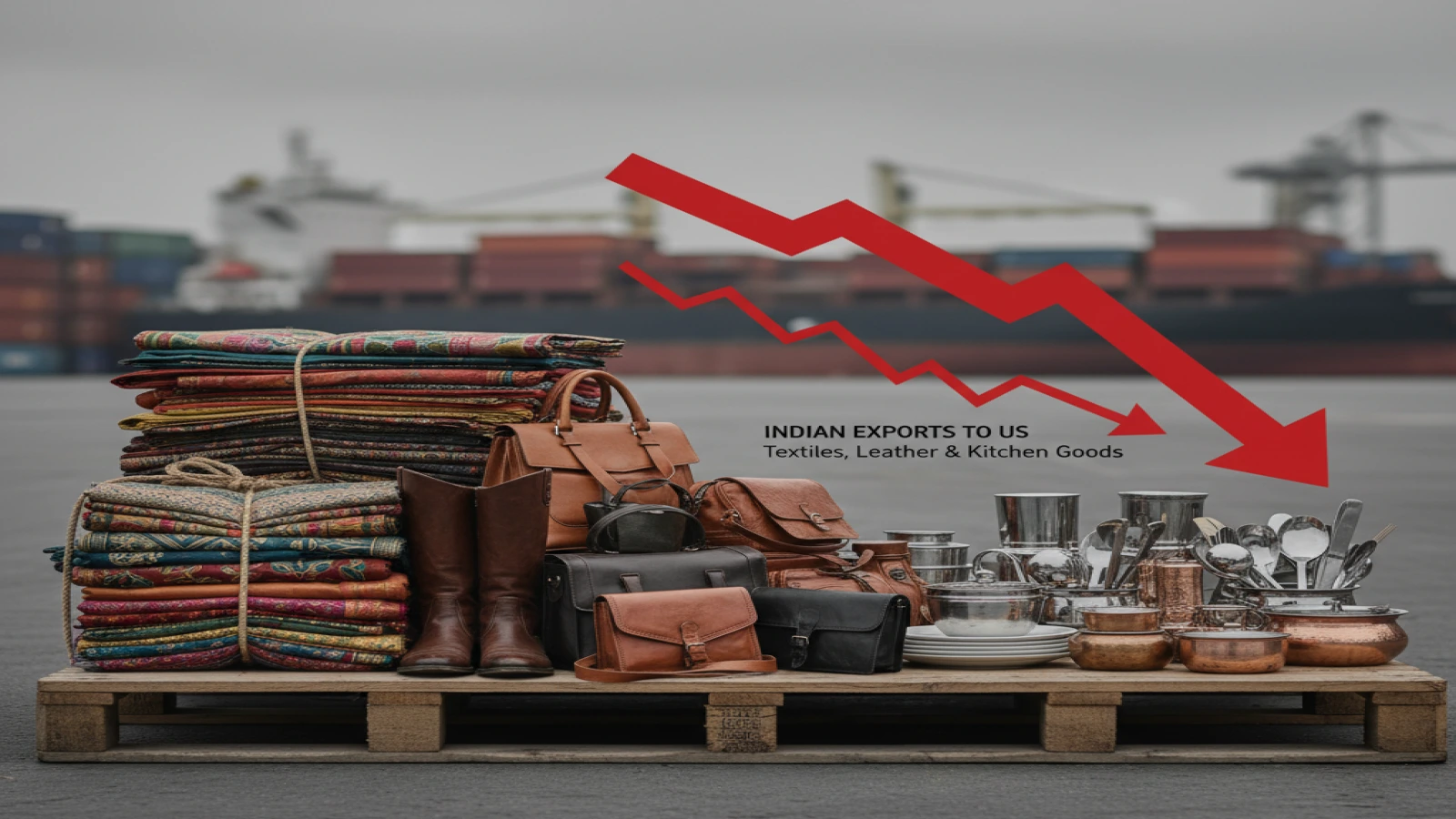



1.webp)








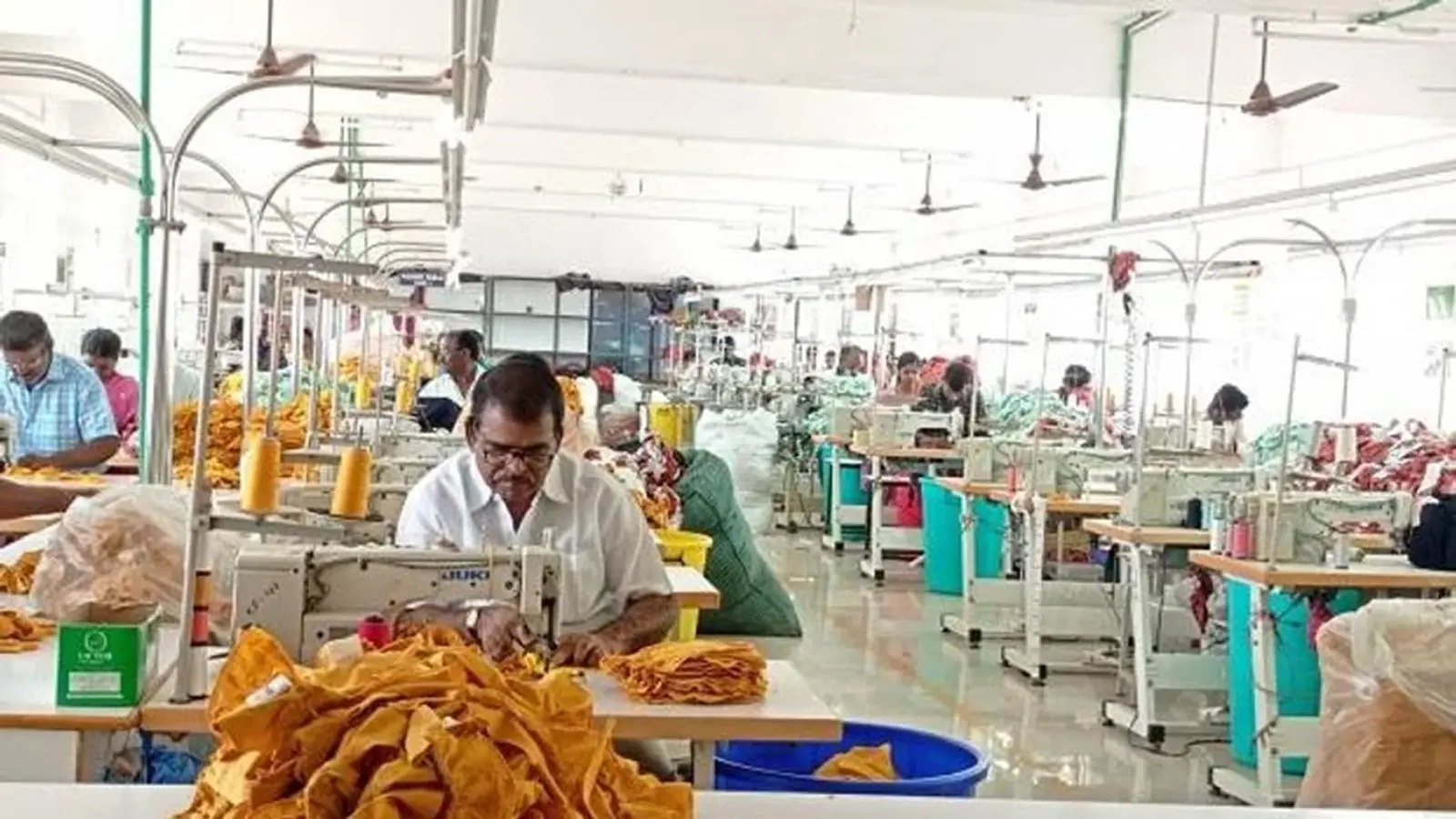



1.webp)


1.webp)

























1.webp)






















1.webp)





1.webp)
1.webp)














1.jpg)






















1.jpg)




























_large1.jpeg)

























































.png)










.jpg)
.jpg)
.jpg)










1.jpeg)